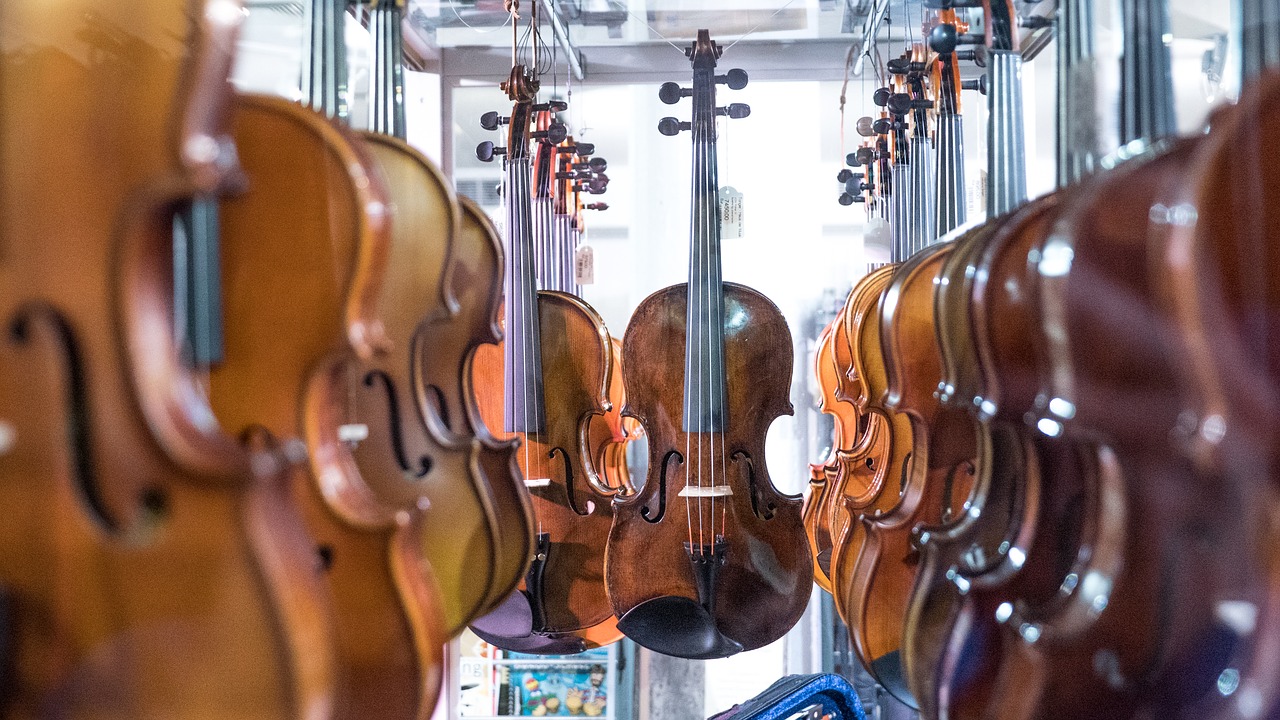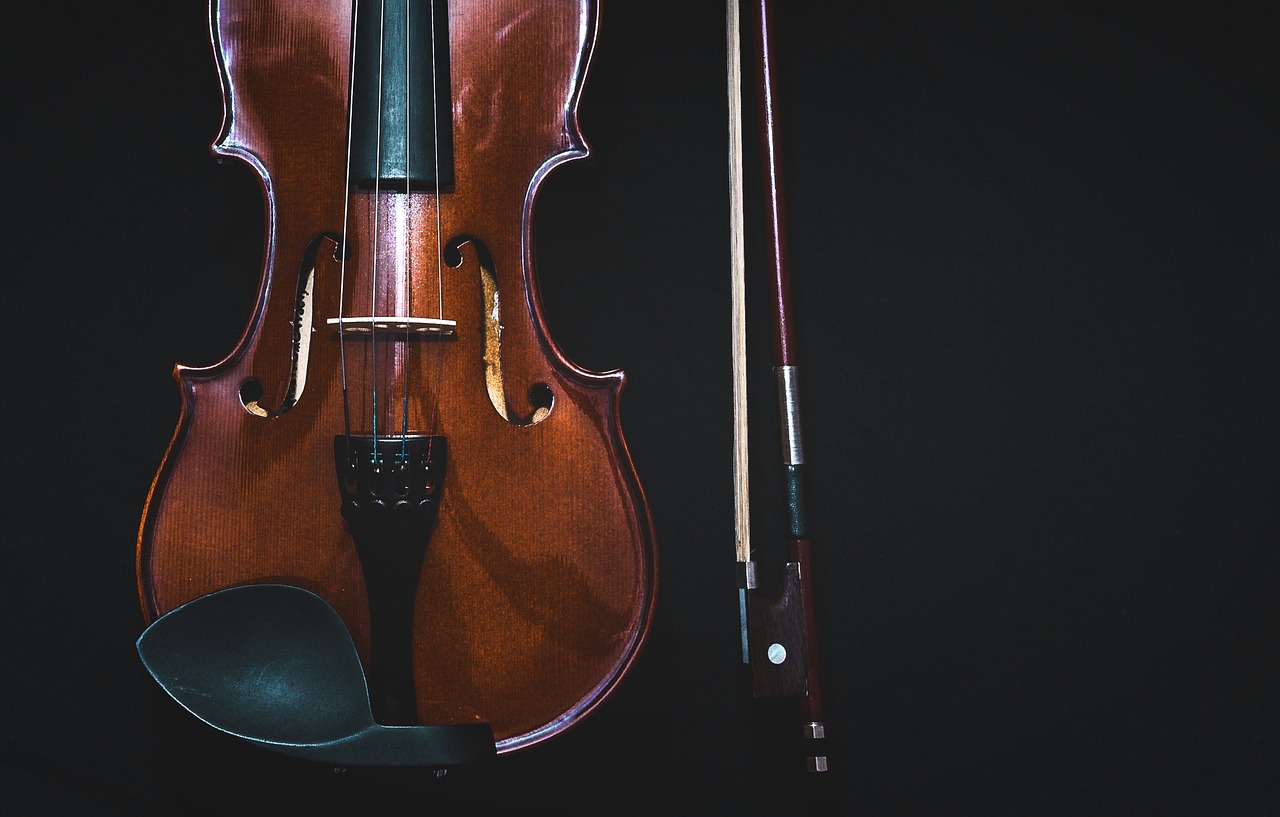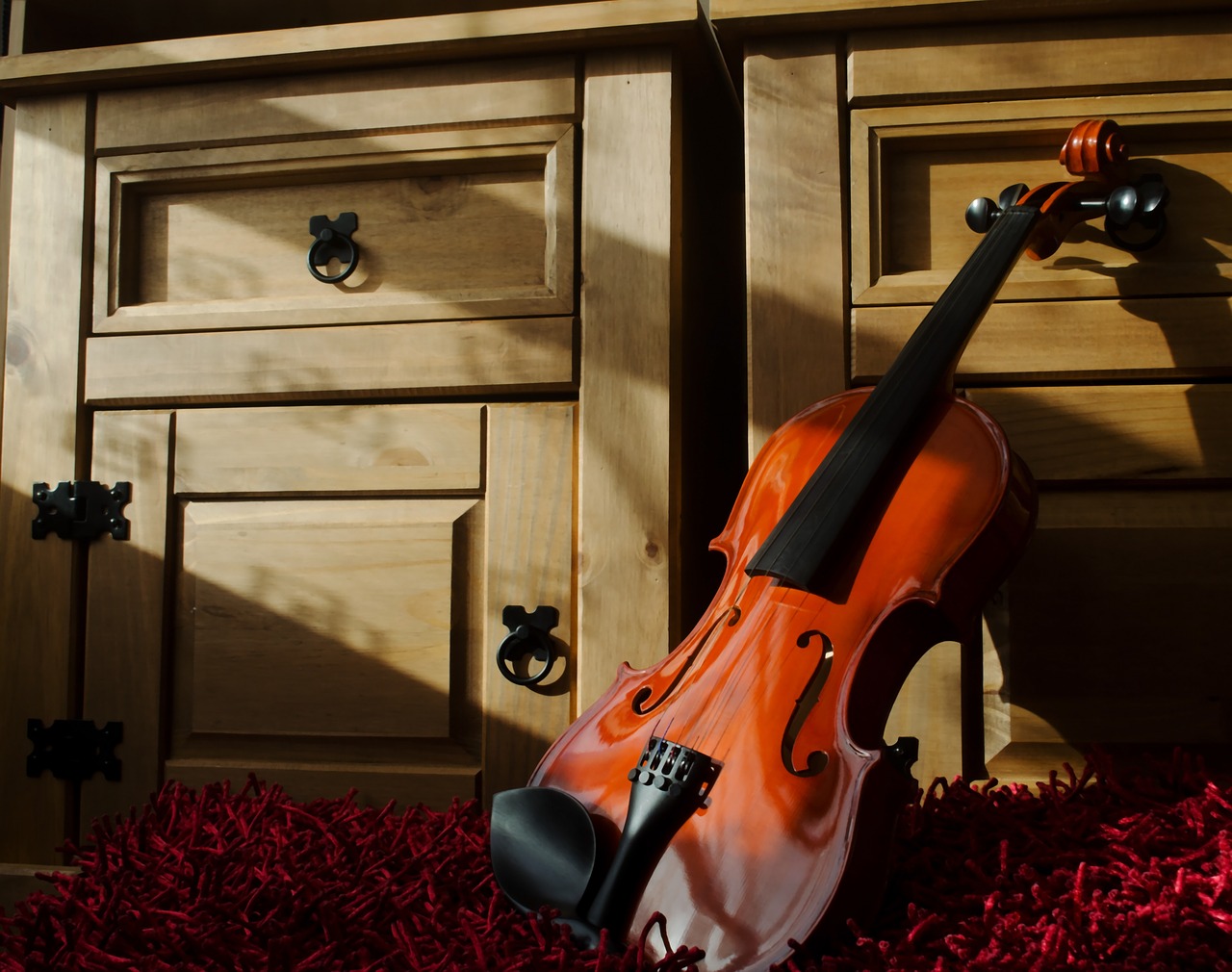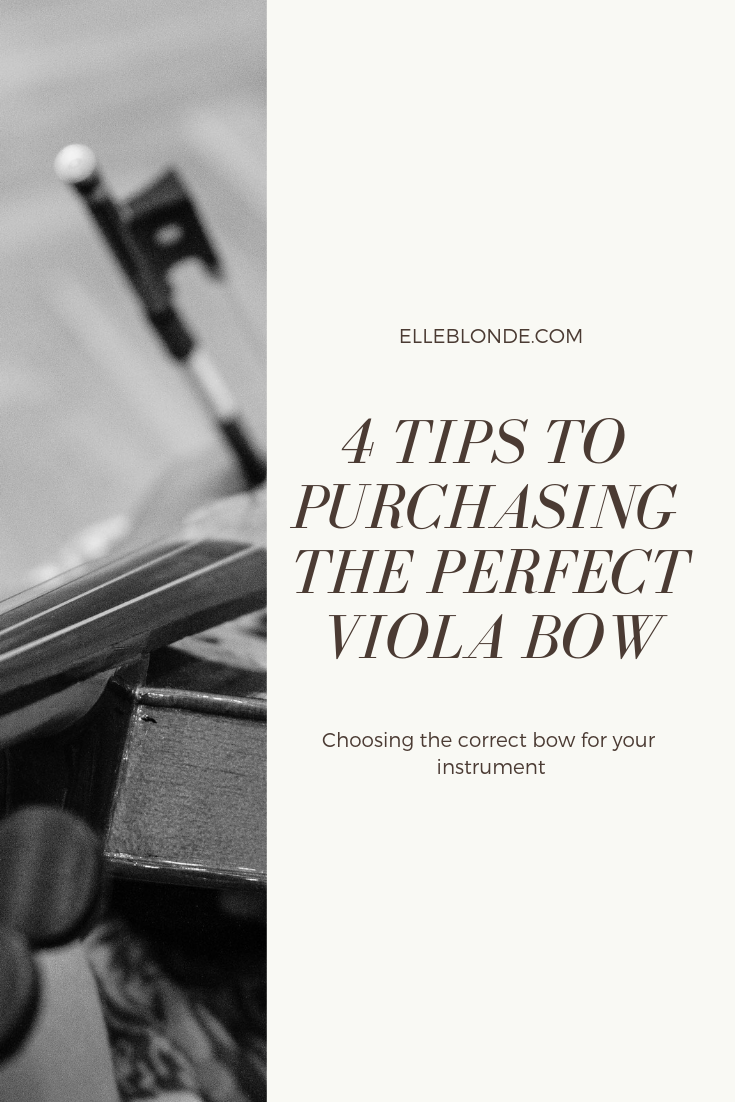The viola and the viola bow are two inseparable components, each relying on the other to produce harmonious and beautiful music. The bow is not just a tool for playing the viola; it is an extension of the musician’s hand, allowing for expression and nuance in every note. To help violists produce quality sounds and improve their musicality, it’s essential to choose the right bow that matches the player’s technique, the instrument’s characteristics, and the performance environment.
With the following vital secrets, you can confidently navigate the selection process and find the viola bow that perfectly suits your needs, enhancing both your playing experience and the sound quality of your instrument.

4 Vital Secrets to Know When Choosing Viola Bow
It all lies in the size.
The right viola bow feels comfortable and light when you play your instrument. It’s like a moving part of your body. So when you choose a bow, make sure to consider its weight and length.
The full-size viola bow measures 29 inches. But for viola players like smaller adults and children, they generally require violin bows. Sometimes, it’s tricky to determine the right weight and length of viola bows so always ask for expert advice before buying.
Heavier bows can lead to
Heavier Bows Can Lead To
A viola is generally bigger than the best beginner violins, so it’s a bit heavier to handle. In addition, the viola bow also adds to the weight you will be carrying while playing the instrument. The weight of the bow is a critical factor that can significantly impact a violist’s performance and comfort.
If you don’t choose the right bow for your viola, it will affect your performance while causing fatigue. A heavier bow can lead to muscle strain and discomfort during prolonged playing sessions, which can detract from the enjoyment of playing and hinder your ability to perform at your best. This physical strain can also cause tension in your playing technique, leading to less fluid and more forced movements that affect the quality of sound produced.

On the other hand, if your bow is too light, it will still cause you an undesired quality of sounds. A light bow may not provide enough resistance against the strings, making it challenging to produce a full, rich tone. This can result in a thinner, weaker sound that lacks the depth and resonance that a viola is capable of. Additionally, a light bow might bounce uncontrollably or fail to sustain notes properly, further compromising your musical expression.
Therefore, finding the right balance in weight is essential. The ideal bow should feel like a natural extension of your arm, providing enough weight to draw out a robust sound without causing undue strain or fatigue. When trying out bows, take the time to play with each one extensively, paying attention to how it feels in your hand and how it interacts with your viola. Consulting with a knowledgeable violin shop or a seasoned violist can also provide valuable insights and help ensure you make the right choice. By being mindful of these factors, you can select a bow that enhances your performance and contributes to a more enjoyable playing experience.
There are different types of viola
The most common type of viola bow is wooden, specifically the Pau Brasil or pernambuco wood. The fibreglass is popular among schools where small children play the violas.
Another type you might consider is the composite bow. It’s composed of different synthetic materials. Or you can use carbon fibre bows that are the same quality as wooden bows.

The place of performance may affect the instrument.
Seasoned musicians playing in places where instruments can be potentially harmed may compromise sound quality. For instance, if you’re playing in a venue where your bow might hit the wall such as in musical theatre pit, you need a solid bow.
The best viola bow for this circumstance is the carbon fibre. With top quality carbon fibre viola bow, you don’t need to worry about getting your bow damaged while performing.
Now you can confidently choose the right viola bow that can help you improve your instrument’s sound quality while giving you the best performance every time you play in a crowd.
Conclusion
The viola and its bow are inseparable partners, each enhancing the other to produce beautiful music. To help violists achieve the best sound and enhance their musicality, choosing the right bow is crucial. By understanding the importance of size, the impact of weight, the variety of bow types, and the influence of performance settings, you can select the perfect viola bow tailored to your needs. With these vital secrets, you’re well equipped to find a bow that complements your instrument, enhances your performance, and helps you shine as a violist.

